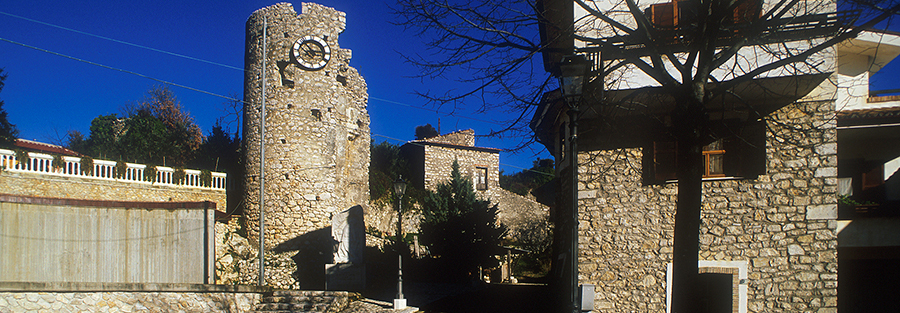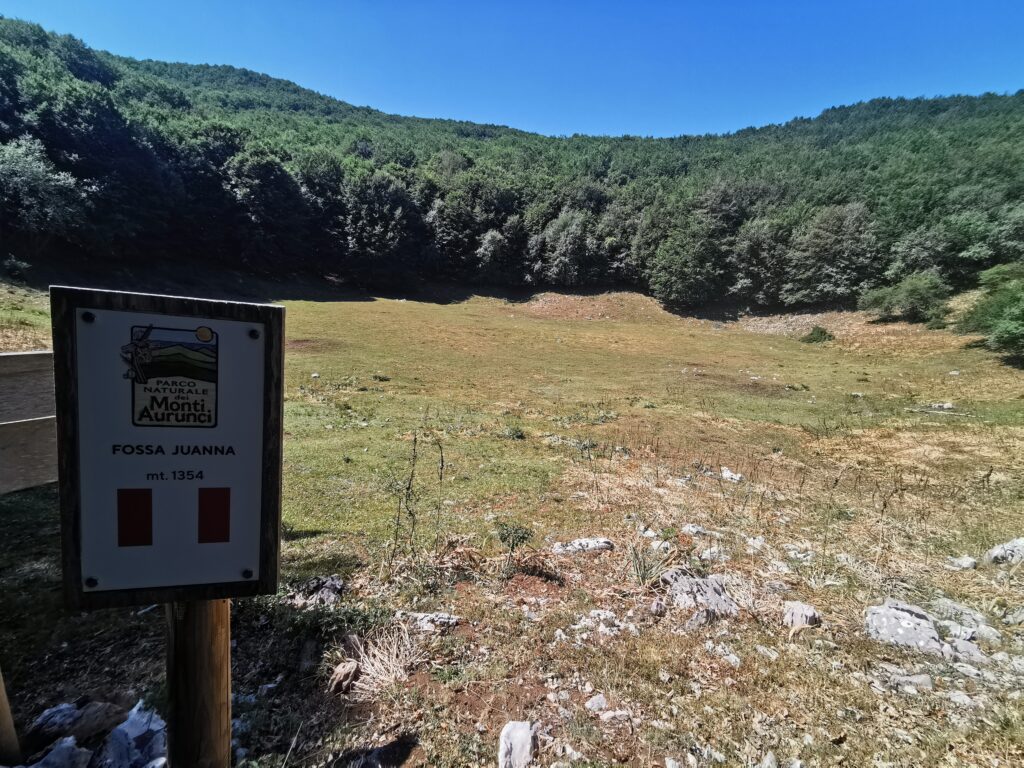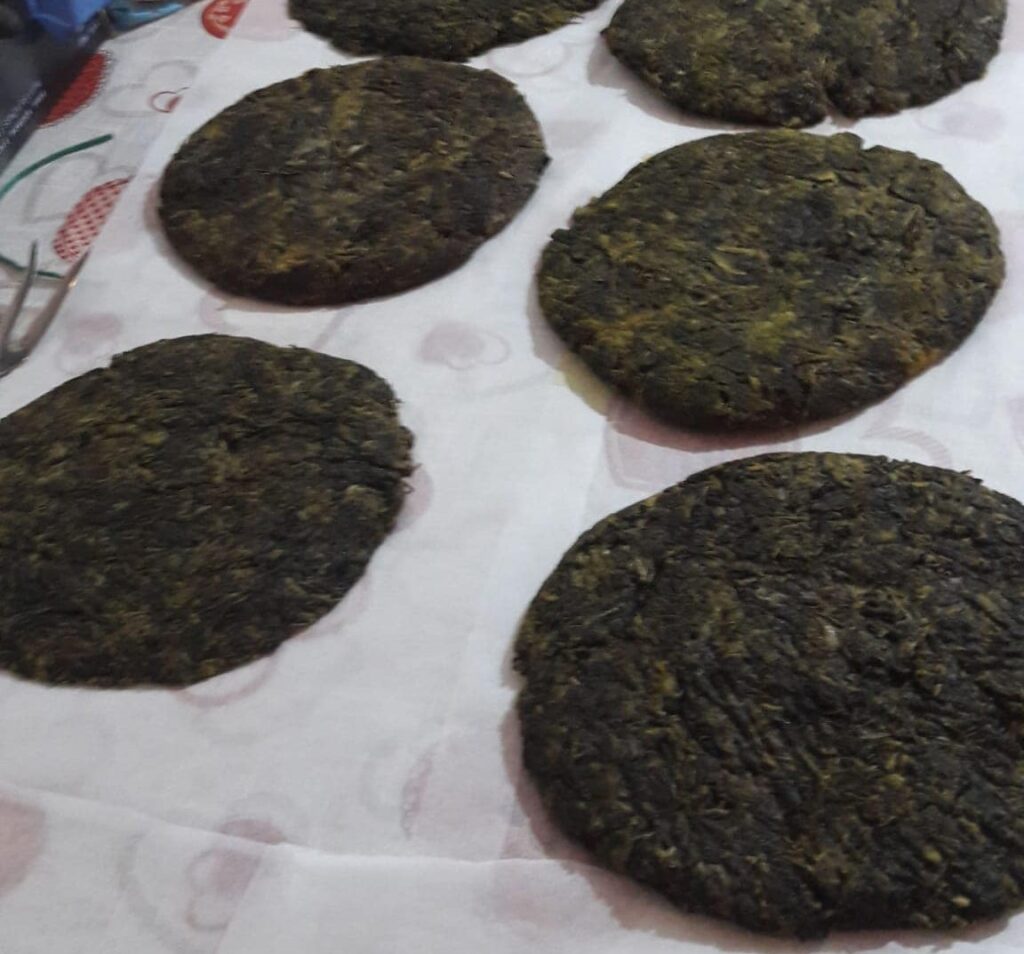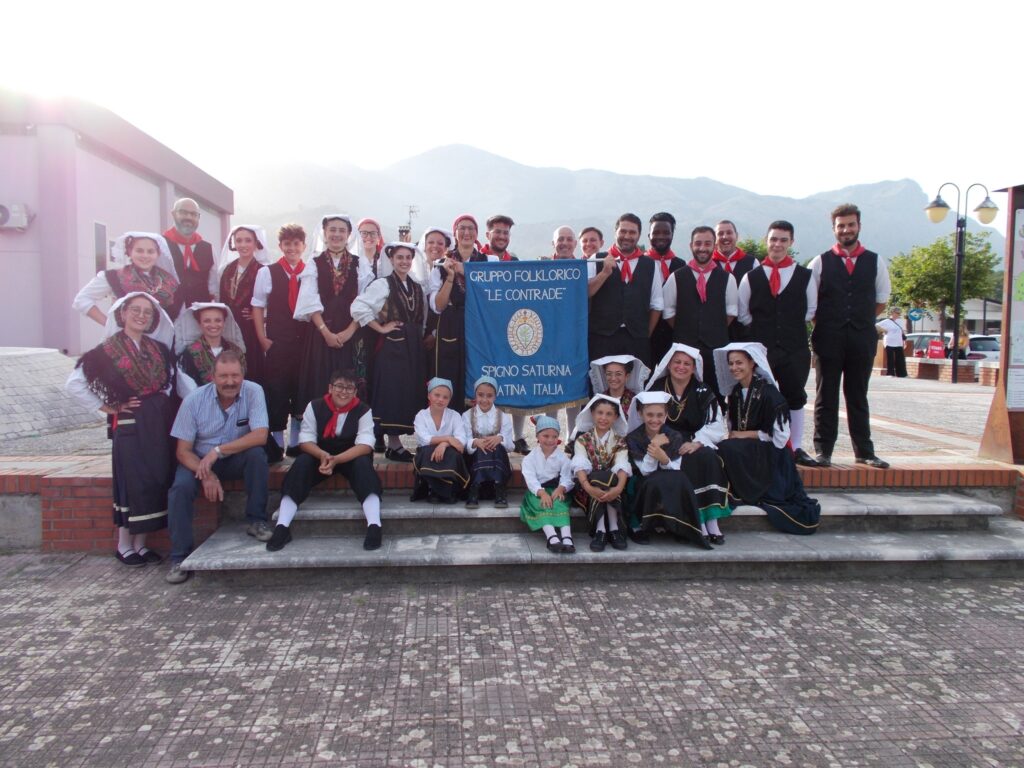Spigno Saturnia is a small village overlooking the Gulf of Gaeta east of Monte Petrella, the highest of the Aurunci Mountains. Spigno Superiore (or Vecchia) is perched on the Mount slope at 375 metres above sea level, whereas Spigno Inferiore (or Nuova) was built on the plain area below after the Second World War.

Spigno Saturnia
From the tenth century until the beginning of 1800, after the abolition of feudalism, the power here was held respectively by the Counts of Traetto, the Caetani Family for about 100 years until the end of 1300, the Colonna in 1500 and finally the Carafa di Stigliano. During the Second World War, Spigno Saturnia was largely destroyed by the German bombings. After the war was over, Spigno Nuova arose around the Church of San Giovanni Battista. The ancient village developed according to original plan, with houses leaning against each other, narrow alleys and stairways. A high square tower and some cylindrical ones, the ruins of a medieval stone fortress, are still to be seen.
Worth a visit are the Medieval Church of Santa Croce, enlarged in the eighteenth century, and the small rural Church of San Gerardo, probably built at the end of the seventeenth century by the Capodacqua Spring. Along the banks of the Capodacqua River, the Emperor Vespasian built a massive aqueduct that supplied water to the ancient town of Minturnae.

Fossa Juanna – photo by Parco Monti Aurunci
In the Natural History Museum, the biodiversity of the “Parco Naturale dei monti Aurunci” is described with multimedia and interactive tools. The “Fossa delle Streghe” (witches’ pit) is a large circular karst sinkhole at 1300 metres of height at the foot of Mount Petrella. It is also called “Fossa Juanna” from a witch of the same name who was killed there by bandits.

Mount Petrella with a view of the Gulf of Gaeta – www.parchilazio.it
Fossa Juanna is reachable through the 8.5 km CAI Path 968 Biviano – Monte Petrella, from where a magnificent 360° view extends to the Pontine Islands, the Circeo Promontory, the Lepini, Simbruini and Ernici Mountains, the Mainarde and the Matese Mountains. Even the Vesuvius and the Islands of the Gulf of Naples are visible in the distance.

Zeppolone De.Co – Facebook @proloco.spignosaturnia
Typical products are the oil and the olives from Gaeta, vegetables, ricotta and other kinds of cheese. The most important gastronomic event is the Festival of the chestnuts and the zeppole, doughnuts filled with pastry cream. The feast, at its almost fortieth edition, is held in mid-October on two weekends. The main local speciality is the Zeppolone De.Co. from Spigno Saturnia, a round, green chicory frittata prepared in a large pan, the sartagna, according to an ancient recipe from 1600. The omelet is fried in EVO oil and seasoned with mint, garlic, chili pepper and vinegar.

Le Contrade Folk Group – Facebook @lecontradespignosaturnia
Not to be missed in Spigno Saturnia are “Il Giro delle Contrade”, the forty-year-old gastronomic walk held in May, and the almost 30 years old “International Folklore Festival” which hosts folkloristic performances by national and international artists on a weekend in mid-July.
